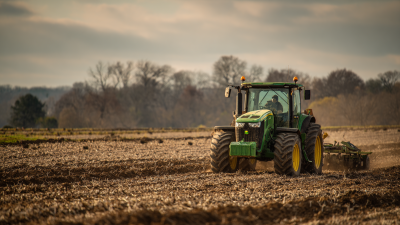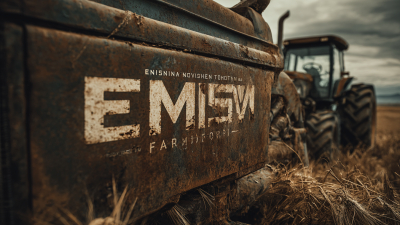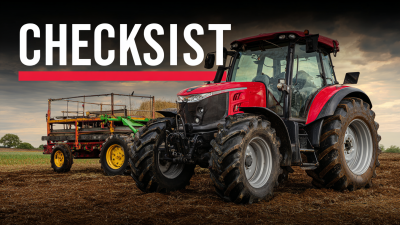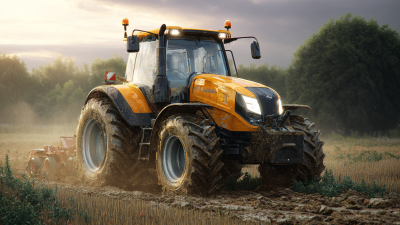Selecting the right small tractor can significantly influence the efficiency and productivity of your farming operations. According to a report by the American Farm Bureau Federation, approximately 43% of U.S. farms utilize small tractors for various agricultural tasks, highlighting their importance in modern farming practices. Small tractors are versatile machines that cater to a myriad of tasks ranging from plowing and planting to hauling and mowing. However, the diversity in models and specifications can be overwhelming for farmers. A targeted approach to choosing the right small tractor involves considering factors such as horsepower, size, and intended use, ensuring that the investment aligns optimally with specific farming needs. As the demand for efficient farming solutions grows, understanding how to navigate this selection process becomes crucial for maximizing productivity in a competitive agricultural landscape.
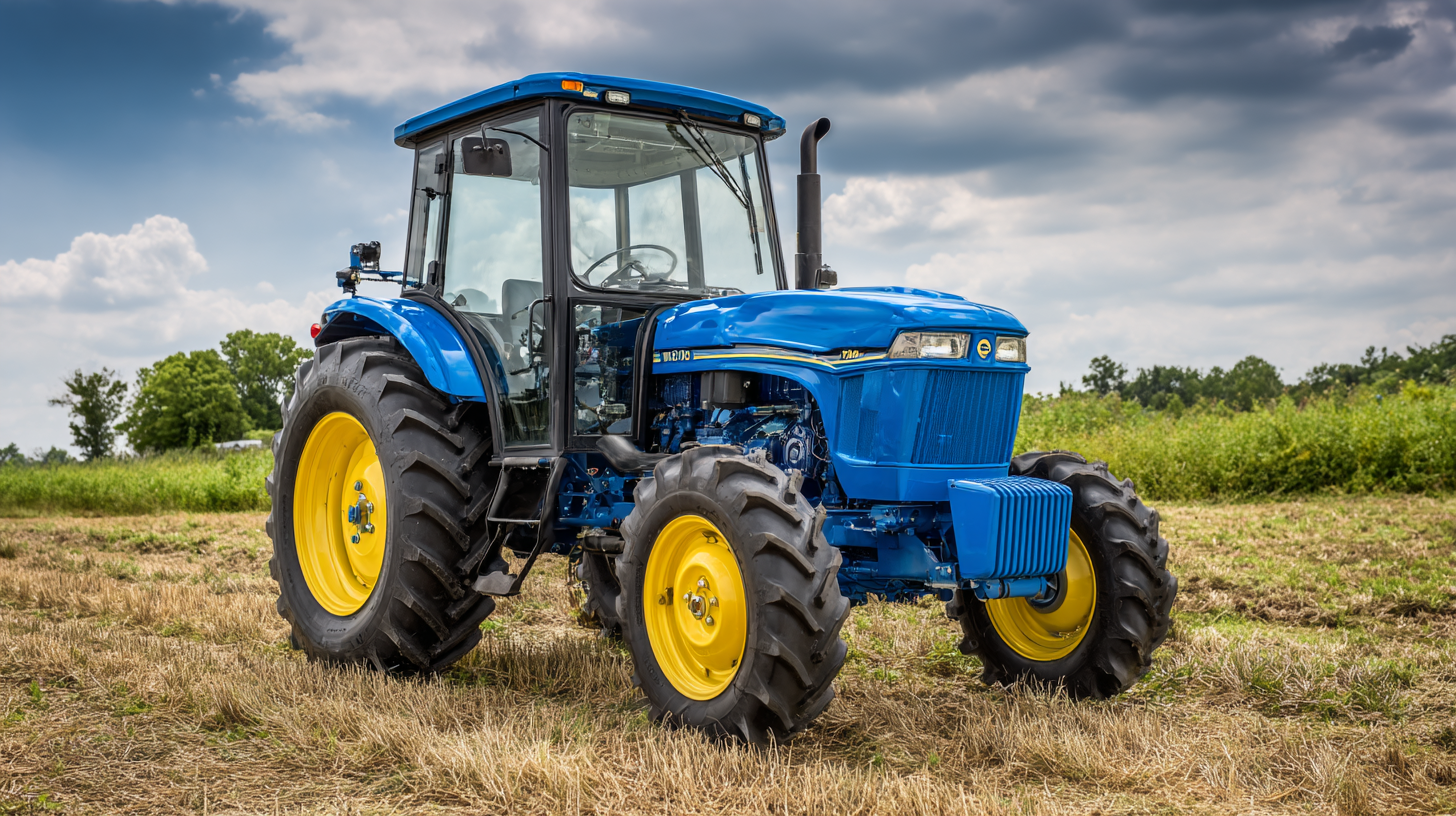
Identifying your farming requirements is a crucial first step in selecting the right small tractor. Begin by evaluating the size of your farming operation; whether you manage a few acres or a larger expanse, understanding the scale will help determine the horsepower and size of the tractor you need.
For smaller farms focusing on gardening or hobby farming, a compact tractor may suffice, while larger operations may require a more powerful machine capable of handling heavy tillage and transportation tasks.
Next, consider the specific tasks you will need the tractor to perform. Are you primarily mowing, plowing, or hauling? The type of attachments and implements you plan to use can influence your selection significantly.
Additionally, assess the terrain of your land—hilly areas may demand a tractor with better stability and traction. Fuel efficiency, maintenance needs, and your budget should also come into play, ensuring that the tractor you select not only meets your immediate farming requirements but also fits your long-term operational goals.
When selecting the right small tractor for your farming needs, it's vital to understand the various types available in the market. Small tractors generally fall into categories such as garden tractors, utility tractors, and compact tractors. According to the American Society of Agricultural and Biological Engineers, the demand for compact tractors has surged by nearly 25% over the last five years, reflecting their versatility and efficiency on small to mid-sized farms. Each type serves distinct purposes, from mowing and tilling to hauling and landscaping.
**Tip:** Consider your land size and the primary tasks you need the tractor to perform. For smaller plots, a garden tractor may suffice, while a utility or compact tractor is better suited for larger fields or more diverse farming tasks.
Another important aspect to consider is the tractor's horsepower. Most small tractors range from 15 to 50 horsepower. A study from the Farm Equipment Manufacturer’s Association highlighted that tractors with 30 to 40 horsepower account for over 40% of sales in the compact tractor segment, emphasizing their popularity among small to medium-sized operations.
**Tip:** Make a list of tasks you plan to accomplish with your tractor; it will help you determine the required horsepower and features, ensuring you choose a model that meets your specific needs effectively.
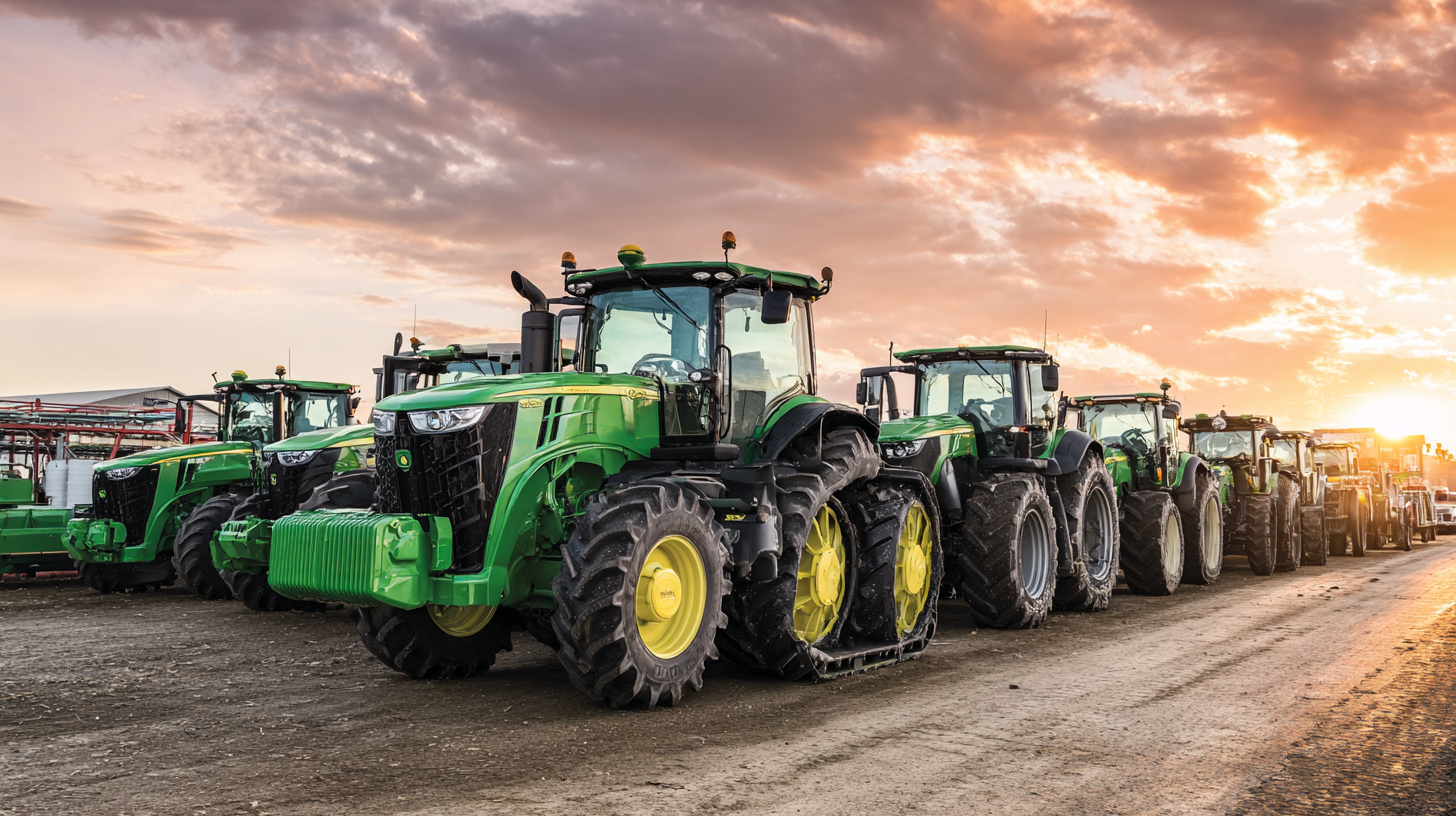
Choosing the right small tractor for your farm for your farm starts with evaluating its engine power and size, as these factors directly influence the machine's performance and efficiency. A tractor with sufficient horsepower is essential for tasks such as plowing, tilling, and hauling, especially on larger plots of land. Consider the types of implements you plan to use, as each will require different power levels. For instance, if you intend to cultivate dense crops or perform heavy-duty lifting, opt for a tractor with higher engine power.
When it comes to size, think about your farm's layout and storage capacity. A compact tractor can navigate tight spaces and is easier to maneuver, making it suitable for smaller farms or orchards. However, ensure it has the horsepower to handle your specific tasks.
Tips:
When selecting the right small tractor for your farming needs, understanding the various features such as attachments, cabins, and versatility is crucial. The versatility of a small tractor can significantly impact your farming efficiency. According to a report by Ag Equipment Intelligence, approximately 60% of farmers prioritize multi-functionality in their machinery. This preference highlights the importance of selecting a tractor that can easily accommodate a range of attachments, from plows to seeders, enabling a single vehicle to tackle multiple tasks throughout the farming season.
Attachments play a vital role in customizing your tractor to meet specific operational demands. Modern tractors can support various implements, enhancing productivity and reducing the need for multiple machines. A study conducted by the American Society of Agricultural and Biological Engineers indicates that using versatile attachments can boost farm productivity by up to 25%. Furthermore, investing in a tractor with an ergonomic cabin design can enhance operator comfort, which is directly linked to increased efficiency. Features such as climate control, adjustable seats, and intuitive controls are essential for prolonged use in the field, aligning with research showing that operator comfort can increase productivity by approximately 15%. Thus, evaluating these crucial features will ensure you select a small tractor that effectively meets your farming needs.
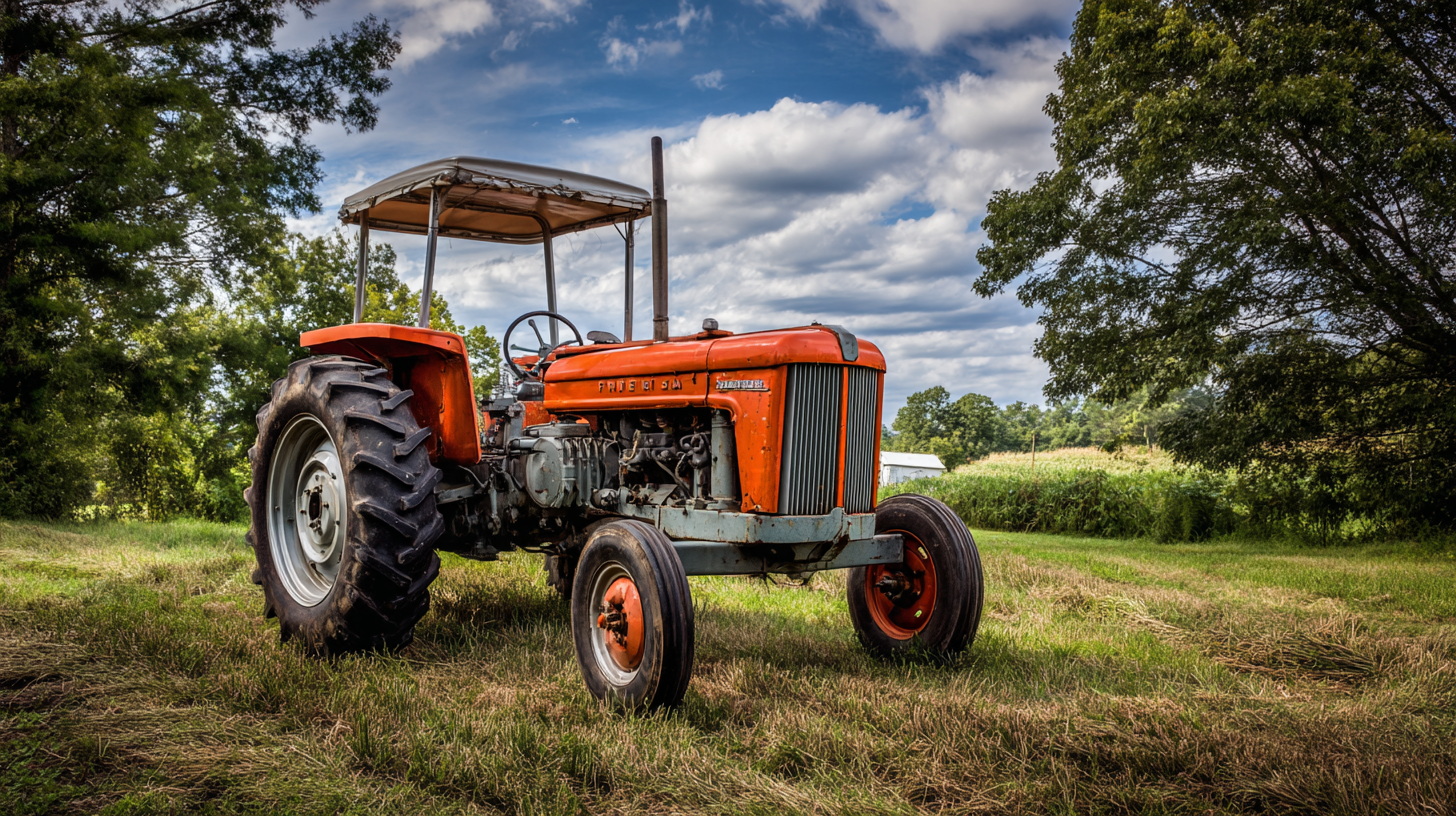
When considering the purchase of a small tractor, one of the most significant factors to evaluate is your budget, which inherently leads to the decision between new and used options. New tractors come with the latest technology, warranties, and the peace of mind that comes from knowing the machine's complete history. However, these modern conveniences often come at a premium price that can strain a farmer’s budget, especially for those just starting out or working with limited resources.
On the other hand, used tractors can offer substantial savings that allow buyers to obtain a reliable machine without the steep cost associated with new models. By purchasing a used tractor, buyers can allocate their budget to other essential areas of their farming operation. It is crucial to ensure thorough inspections and research on the tractor’s condition, history, and maintenance records. Balancing your immediate financial capabilities with your long-term farming needs will guide you in making the appropriate choice for your agricultural operations.
| Tractor Type | Price Range (USD) | Horsepower | Usage Suitability | New vs. Used |
|---|---|---|---|---|
| Compact Tractor | $15,000 - $25,000 | 20 - 50 HP | Small farms, gardening, light tillage | Both available |
| Utility Tractor | $25,000 - $50,000 | 40 - 100 HP | Row crop farms, larger acreage | New preferred for reliability |
| Garden Tractor | $1,500 - $5,000 | 10 - 25 HP | Home gardens, landscaping | Used options available |
| Sub-compact Tractor | $10,000 - $20,000 | 15 - 25 HP | Tight spaces, landscaping | New preferred for innovation |
